There are a number of factors that have dramatically changed property design trends over the past few years. Increased conscientiousness toward the environment and working from home are two of the most substantial and, as a result of these alone, the way we think about property has dramatically changed.
In 2022, it has already become clear that what was popular only a few years ago has now gone completely out of the window. Familiar and seemingly here-to-stay trends like Scandinavian minimalism are now lesser-seen, being replaced with some of the following new aesthetics and designs.
Dark Wood
One of the biggest surprises in interior design is the return of dark wood furniture. Antique dealers have, for a number of years, been celebrating light woods, those that compliment the sparsely decorated spaces of minimalist designs. However, now, as maximalism and cosy spaces take hold, dark wood furniture is back.
These items are being used to balance out bright and popular colours, such as yellows, anchoring the design of rooms with a stark contrast. Others, however, are using the pieces to accentuate their darker interior, creating a regal atmosphere or one that suits newly revived trends like dark academia.
Natural Aesthetics
Coinciding with sustainability, nature-inspired designs are in vogue. From woods and wicker to dried flowers and floral prints, welcoming the outdoors into a space is great for both the environmentally conscious and those looking to improve their wellness. As part of this style trend, rustic elements, those that are defined by characterful and rough imperfections, are also appearing in homes with the intention of mimicking rural life.
The garden is also becoming more widely utilised with a greater number of people seeking to enjoy the natural qualities of a summer house and other outbuildings in their outdoor spaces.
Modular Design
As many attempt to juggle working from home with a functional living space, modular design has taken over. Rooms are becoming dual-use, with adjustable furniture and dividing design elements being used to create compartmentalised areas within living spaces.
This means that collapsible furniture and discreet storage solutions are gaining popularity, allowing a spare room to double as an office, or a dining room to double as a creative space.
Eco-Friendly Gadgets
As technology transforms homes into smart living spaces, it is those gadgets that reduce a carbon footprint, as well as an energy bill, that are being most celebrated. Smart lights, for example, switch off when a person leaves the room or a home, while smart boilers allow for more precise and responsive heating schedules to be created.
The kettle, too, has not escaped redesign, being a home device that consumes a substantial amount of energy. Now, there are solar-powered kettles available to buy!
Early 20th Century Furniture
There is a fashion trend being dubbed the ‘grand-millennial, which is seeing millennial homeowners reclaim their grandparents’ design, from lacey designs and knitted fabrics. These often extravagant elements are being introduced to homes for both their fitting presence in maximalist interior design and their aesthetic suggestion of halcyon days.

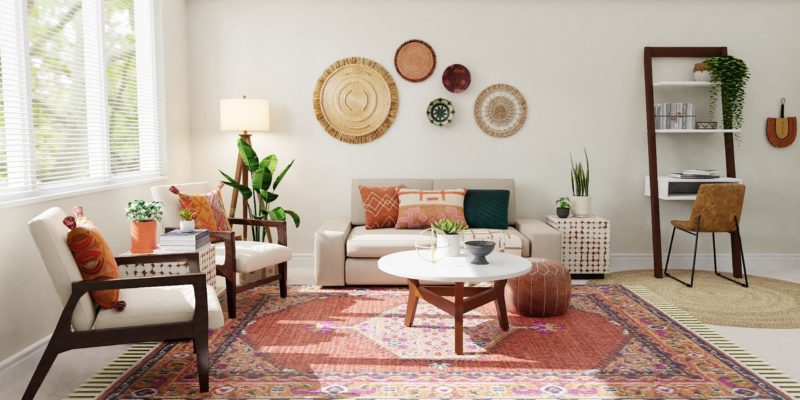
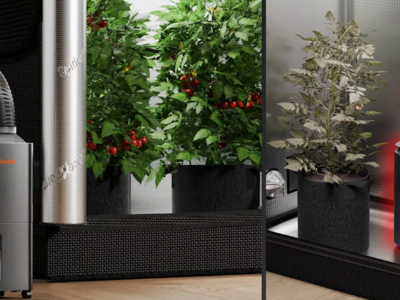
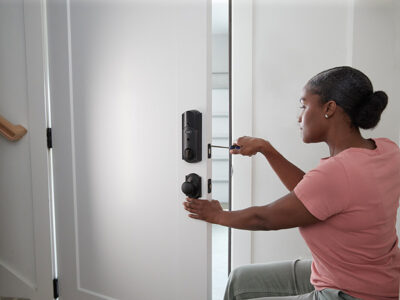

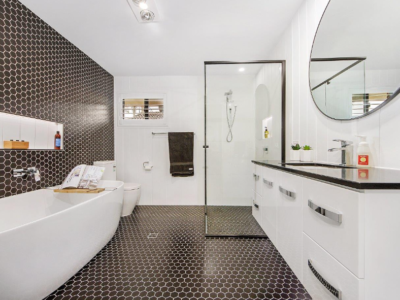
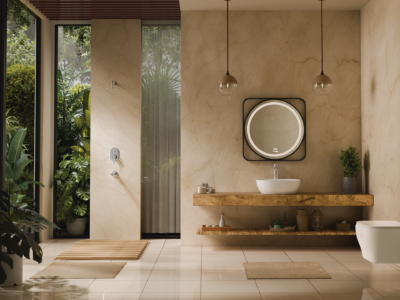
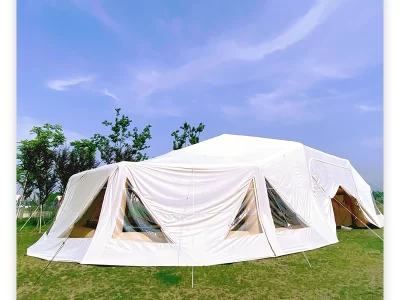





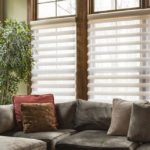
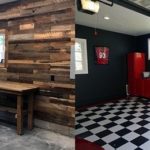




Comments